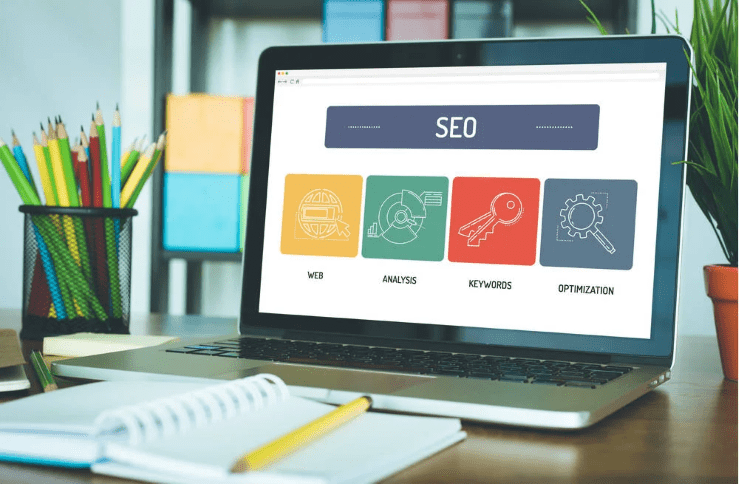6 Reasons Why SEO is Important in Web Design
SEO (Search Engine Optimization) plays a critical role in web design for several reasons, as it directly impacts a website’s visibility, user experience, and overall success. Here are six reasons why SEO is important in web design:
1. Visibility and Organic Traffic: SEO helps improve a website’s visibility in search engine results pages (SERPs). When your website ranks higher for relevant keywords, it’s more likely to attract organic (non-paid) traffic from search engines. This increased visibility can lead to more website visitors and potential customers.
2. User Experience: SEO involves optimizing various aspects of a website, including site structure, navigation, and content organization. A well-structured website with clear navigation not only makes it easier for search engines to crawl and index but also enhances the user experience. When visitors can easily find the information they need, they are more likely to stay on your site and engage with your content.
3. Mobile Optimization: With the growing number of mobile users, mobile optimization is crucial. Google prioritizes mobile-friendly websites in its search rankings. Responsive web design, which adapts to different screen sizes and devices, is an essential aspect of SEO and web design to ensure a positive experience for mobile users.
4. Page Speed: Page load speed is a key ranking factor for search engines, and it directly impacts user satisfaction. Slow-loading websites are more likely to have high bounce rates (visitors leaving quickly). SEO-driven web design focuses on optimizing page speed through techniques like image compression, minification of code, and efficient server hosting.
5. Content Strategy: SEO and web design should go hand in hand when it comes to content strategy. Effective SEO involves keyword research to determine what topics and terms your target audience is searching for. Integrating these keywords into your website’s content, meta tags, and headings ensures that your content is relevant and optimized for search engines.
6. Scalability and Future Growth: SEO-friendly web design considers future growth and scalability. Websites should be designed to accommodate new content, products, or services without major structural changes. A well-structured website with clear hierarchy and categories makes it easier to expand and maintain over time.
SEO is an integral part of web design because it not only enhances a website’s visibility in search results but also improves the overall user experience, mobile compatibility, and performance. By integrating SEO principles into the design and development process, you can create a website that attracts organic traffic, retains visitors, and supports your long-term online goals.
No comments yet.
Leave a comment
Quick Search
Blogroll
Categories
| M | T | W | T | F | S | S |
|---|---|---|---|---|---|---|
| 1 | 2 | 3 | 4 | 5 | 6 | 7 |
| 8 | 9 | 10 | 11 | 12 | 13 | 14 |
| 15 | 16 | 17 | 18 | 19 | 20 | 21 |
| 22 | 23 | 24 | 25 | 26 | 27 | 28 |
| 29 | 30 | 31 | ||||





